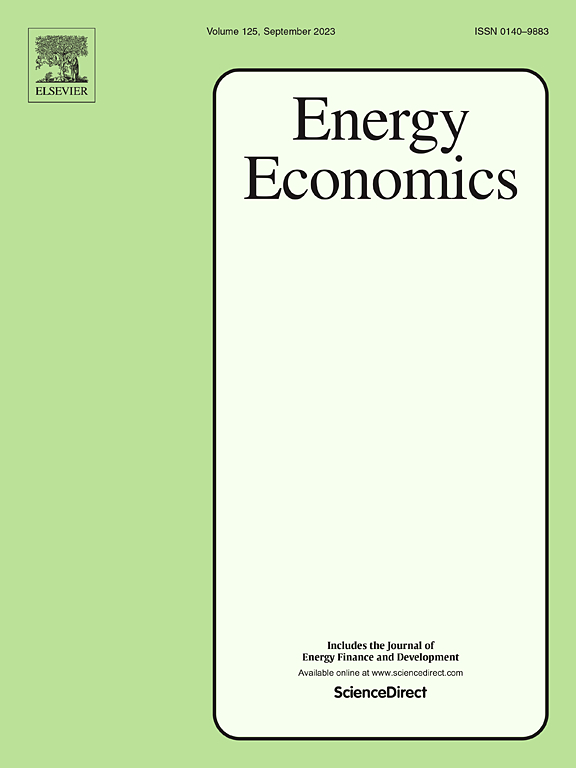The financial sector's response to environmental policy stringency: Comparative analysis of developed and developing economies
IF 13.6
2区 经济学
Q1 ECONOMICS
引用次数: 0
Abstract
This study examines the impact of Environmental Policy Stringency (EPS) on bank performance across developed (G7) and developing (E7) economies over a 21-year period. Employing fixed-effects, random-effects, and Generalized Method of Moments (GMM) methodologies, our models focus on EPS's association with two performance metrics: Return on Assets (ROA) and Return on Equity (ROE). Our findings indicate that while EPS generally exerts a negative impact on bank performance, the effects differ significantly between developed and developing economies. Banks in developed economies (G7) experience negative impacts from EPS but display relatively greater resilience, with more moderate declines in profitability. In contrast, banks in developing economies (E7) face more significant challenges, as the negative effects on profitability are more pronounced across both ROA and ROE. Additionally, variables such as regulatory capital, policy rates, and debt ratios have minimal impact on bank profitability, while unemployment unexpectedly shows a positive effect. These results underscore the complex relationship between economic conditions, monetary policies, and environmental regulations. This study contributes to the existing literature by emphasizing the importance of tailoring environmental regulations to the specific capacities of financial institutions in different economic contexts. We advocate for policies that promote sustainability without compromising financial stability and suggest avenues for future research that include broader regional analyses, taking into account factors such as financial openness and technological progress.
求助全文
约1分钟内获得全文
求助全文
来源期刊

Energy Economics
ECONOMICS-
CiteScore
18.60
自引率
12.50%
发文量
524
期刊介绍:
Energy Economics is a field journal that focuses on energy economics and energy finance. It covers various themes including the exploitation, conversion, and use of energy, markets for energy commodities and derivatives, regulation and taxation, forecasting, environment and climate, international trade, development, and monetary policy. The journal welcomes contributions that utilize diverse methods such as experiments, surveys, econometrics, decomposition, simulation models, equilibrium models, optimization models, and analytical models. It publishes a combination of papers employing different methods to explore a wide range of topics. The journal's replication policy encourages the submission of replication studies, wherein researchers reproduce and extend the key results of original studies while explaining any differences. Energy Economics is indexed and abstracted in several databases including Environmental Abstracts, Fuel and Energy Abstracts, Social Sciences Citation Index, GEOBASE, Social & Behavioral Sciences, Journal of Economic Literature, INSPEC, and more.
 求助内容:
求助内容: 应助结果提醒方式:
应助结果提醒方式:


